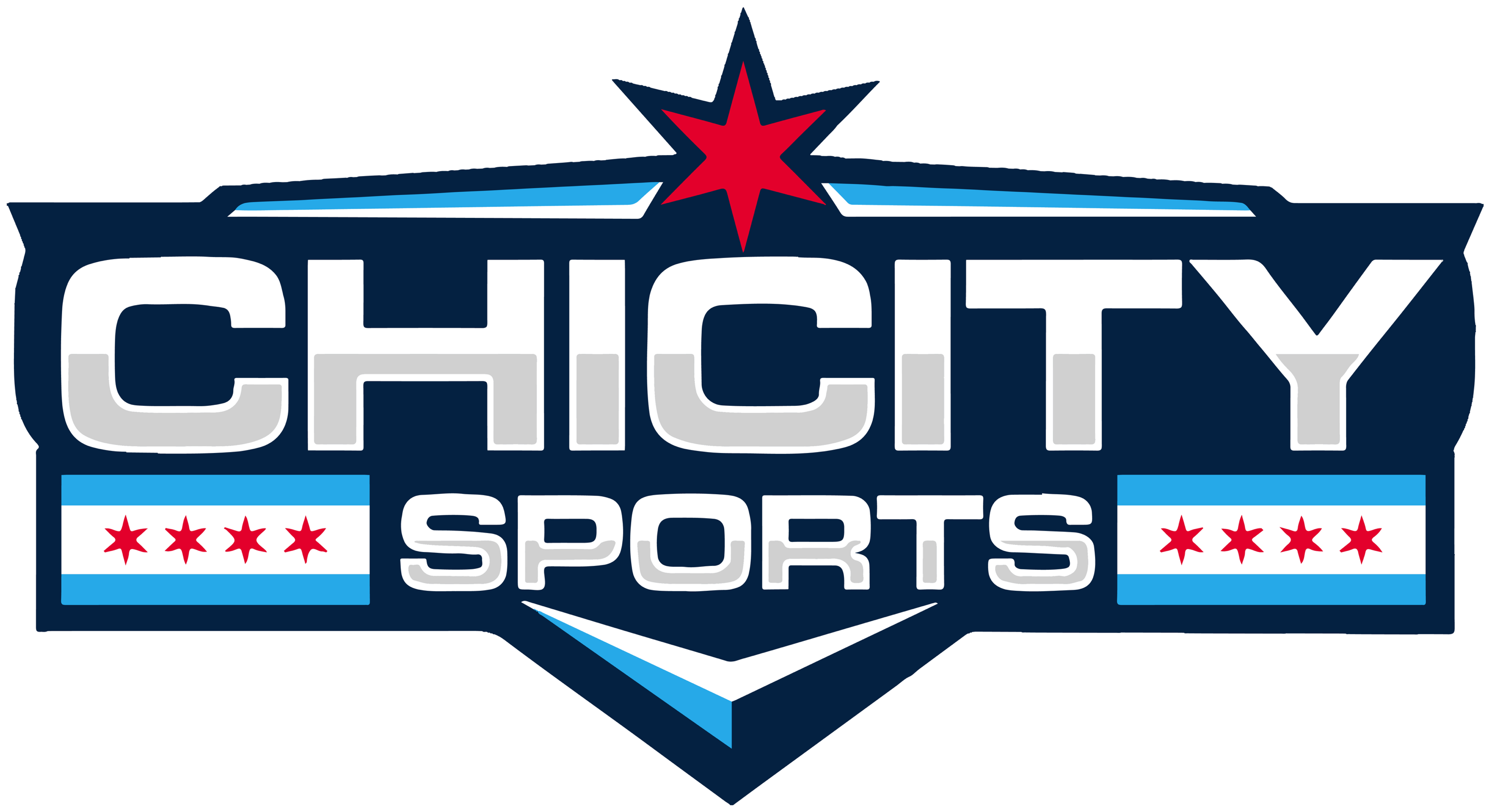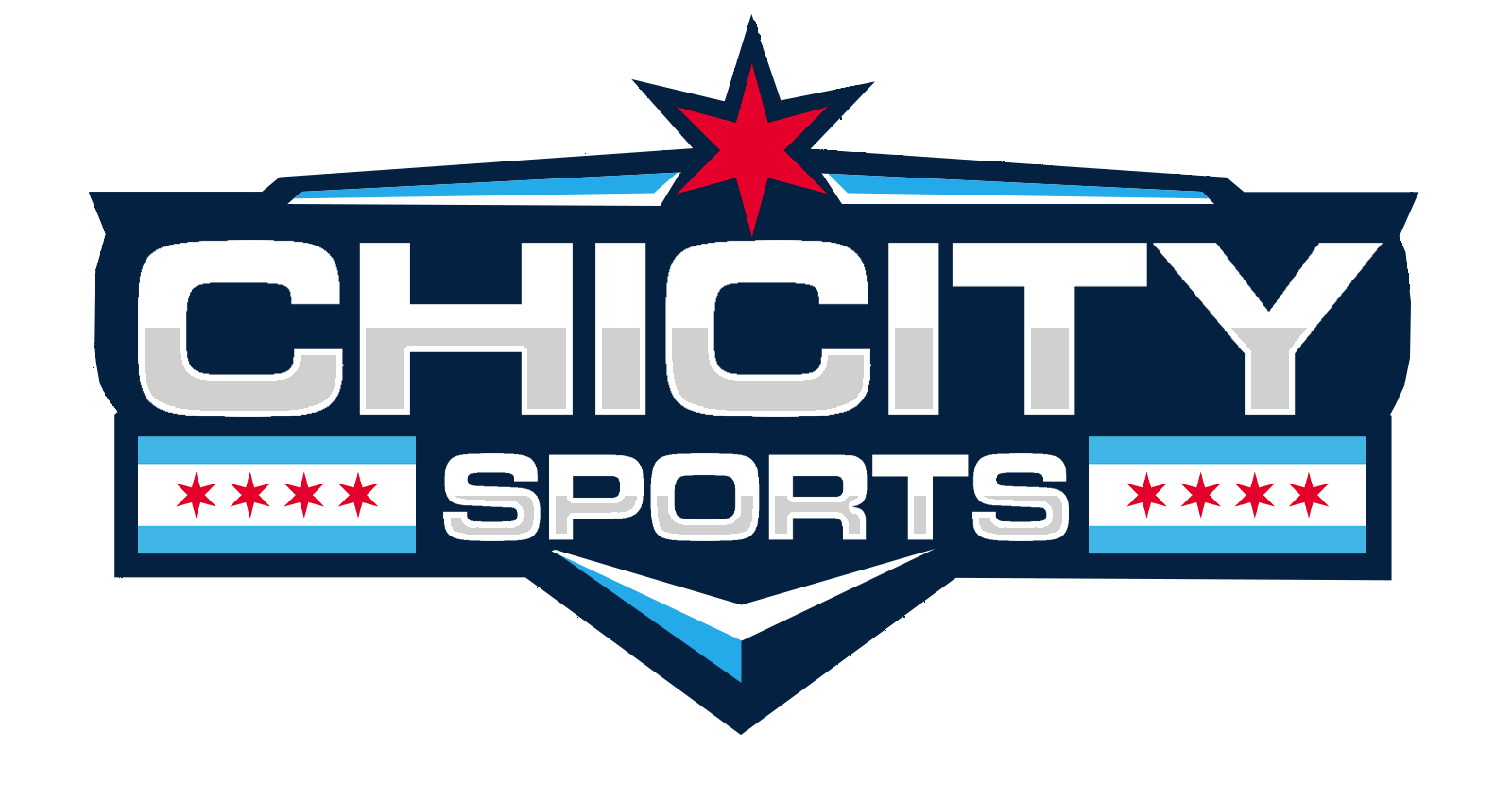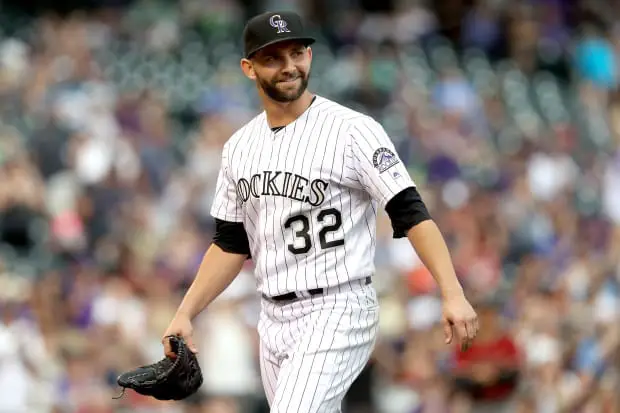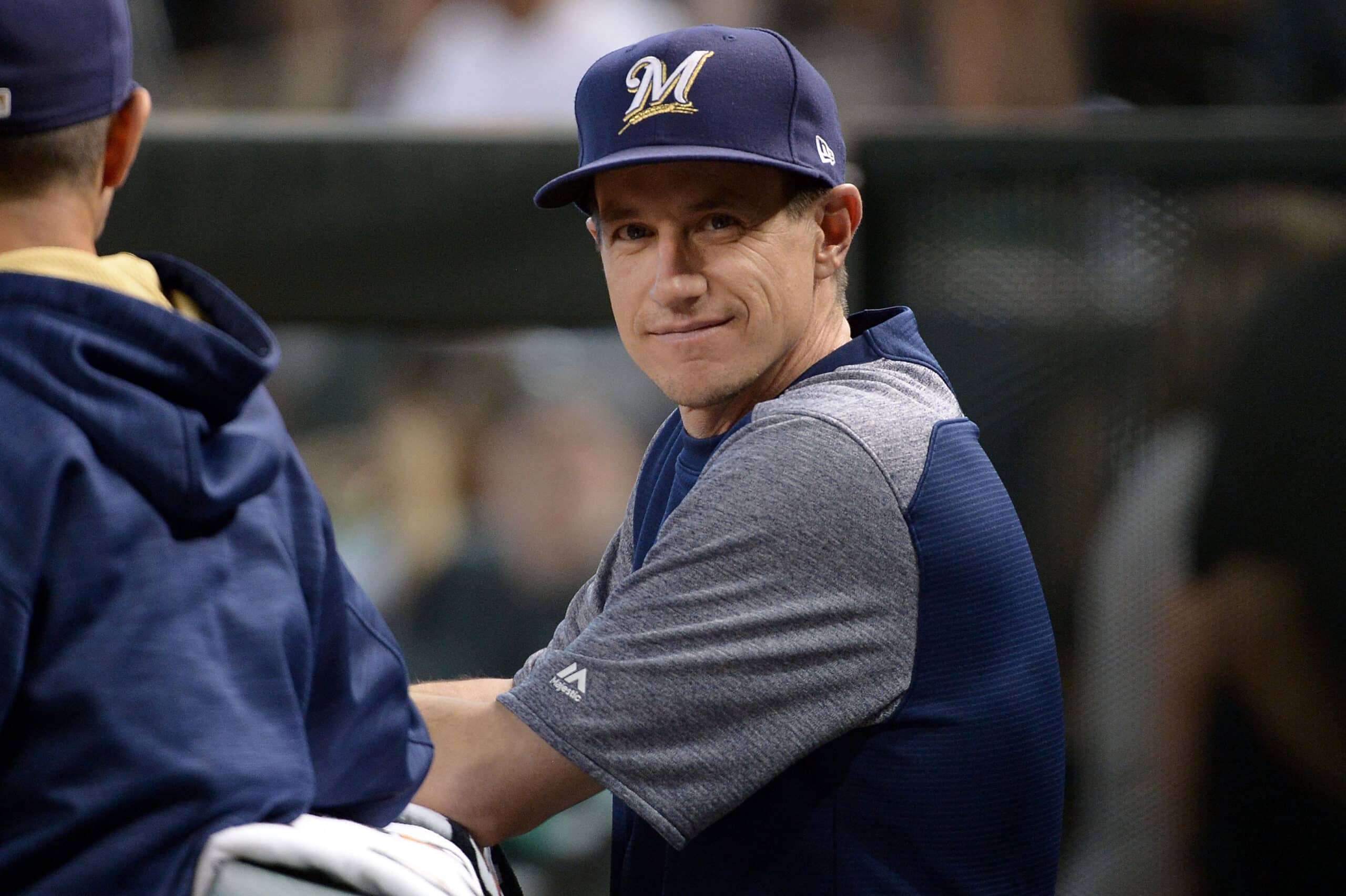The pitching market, like the free agent market overall, has been more stagnant than usual this offseason. With Yu Darvish, Jake Arrieta and Alex Cobb all still on the market, the Cubs signing Tyler Chatwood remains the biggest transaction for a starter this winter.
Chatwood hasn’t had the success and doesn’t have the pedigree of the three top starting free agents. However, with minimized pressure as the fifth starter in the rotation and with a reputable pitching coach to help him, Chatwood could become an asset to the Chicago pitching staff.
The 28-year-old righty is an interesting case study.
His stats such as ERA aren’t terrible, especially for a fifth starter. And you can make the argument that his numbers would look better if he pitched more games away from Coors Field after spending five seasons with the Colorado Rockies. On the other hand, his peripherals don’t necessarily describe a victim of an extremely hitter-friendly park, rather a talented pitcher who can’t find the strike zone.
Before trying to figure out what Chatwood could be, it’s important to recognize what he is. On the surface, he’s a fifth starter on a decent contract (three years, $38 million).
He also missed a year in his physical prime due to Tommy John surgery.
In terms of on-field performance, he’s shown that he has a solid arsenal of pitches. He’s also shown that he walks a ton of batters; his walk rate last year was 12.2 percent, while his career walk rate is 10.7 percent.
According to Fangraphs, those both qualify as “awful.” Now, we have to ask what Chatwood can be, or at least what do the Cubs need him to be? In a way, this comes down to perspective. The threshold for success has to be determined first before you can say what a successful stint would be for Chatwood.
Is the bar last season’s fifth-starter spot? It doesn’t feel like too much to ask of Chatwood to be at least as good as a hybrid of last year’s combo of Eddie Butler and Mike Montgomery as starters.
Or is the bar 2016’s fifth starter for the Cubs, Jason Hammel? Hammel finished with an ERA in the high 3s, ate a decent number of innings (166.2) and generally kept the Cubs in games.
In reality, the answer probably lies somewhere in the middle. Again, the bar set last year isn’t exactly asking much, but he’s only broken the 4.00 ERA mark twice in six seasons, and finished with a 4.50 or worse the other four seasons.
Coors Field is an easy counterpoint that comes up frequently when discussing Chatwood. Over the course of his career, he found little success in the Rockies’ park; his ERA there is 5.17 and his WHIP is 1.57. Contrast that to 3.76 ERA and 1.43 WHIP everywhere else and it makes sense why ballpark factor is a discussion point.
The problem with that is that the most concerning stats are minimally (if at all) affected by those park effects. His aforementioned walk rate is a concern in any park, and his 4.94 FIP from last season outpaced his already-bloated 4.69 ERA, which doesn’t project well for 2018.
This is where new Cubs pitching coach Jim Hickey comes into play. After Chris Bosio was fired, Hickey was a sensible, if not easy, choice to replace him on Joe Maddon’s staff.
The two even have a prior working relationship from Maddon’s last job, as he was the one who hired Hickey to be the Tampa Bay Rays pitching coach (Maddon was in Tampa for nine years, Hickey was there for 11).
Hickey’s reputation precedes him. In his 11 seasons with the Rays, his pitching staffs finished the top half of the majors in ERA nine times, in the top 10 five times and had the best ERA in baseball overall in 2012.
Chatwood will arguably be Hickey’s biggest project this season, but that project could have the simplest objective: He just needs to help him throw strikes. Chatwood is never going to be an elite, top-of-the-rotation starter, but he can be a valuable weapon if he can consistently find the plate, something he’s lacked in his career so far.
This is going to be one of the key storylines for the Cubs in spring training and into the regular season.
Sahadev Sharma of The Athletic has already written about what Chatwood brings to the table, and this topic will likely be talked about throughout the year. The only known element in the story so far is that while the Cubs don’t need him to be fantastic, they do need him to be at least good enough to give the offense a chance to win a game every fifth day.
For More Great Chicago Sports Content
Get the latest Chicago sports news, analysis, and breaking stories on the Bears, Bulls, Blackhawks, Cubs, White Sox, Sky, and more! Tap the star to add us to your favorites on Google News, so you never miss a story on your favorite Chicago teams.
Follow us on Twitter at @chicitysports23 for more great content. We appreciate you taking time to read our articles. To interact more with our community and keep up to date on the latest in Chicago sports news, JOIN OUR FREE FACEBOOK GROUP by CLICKING HERE




